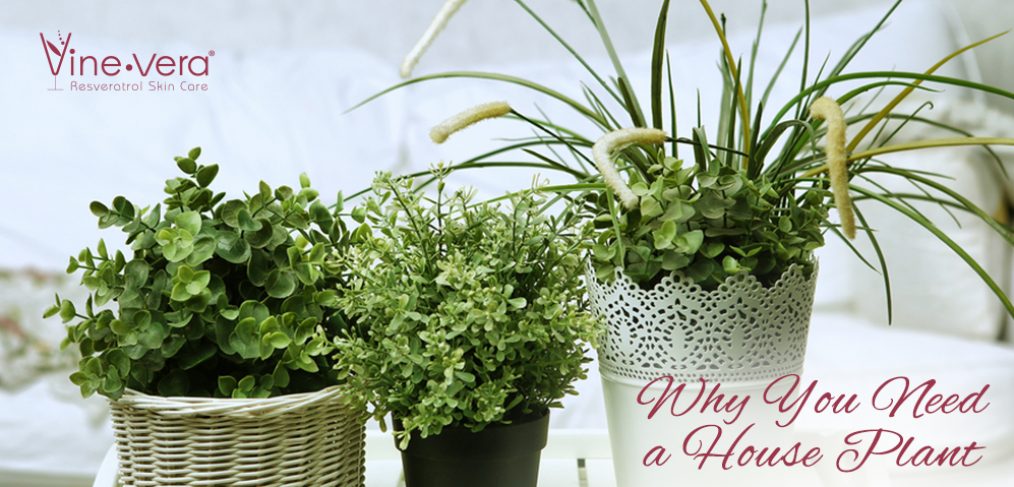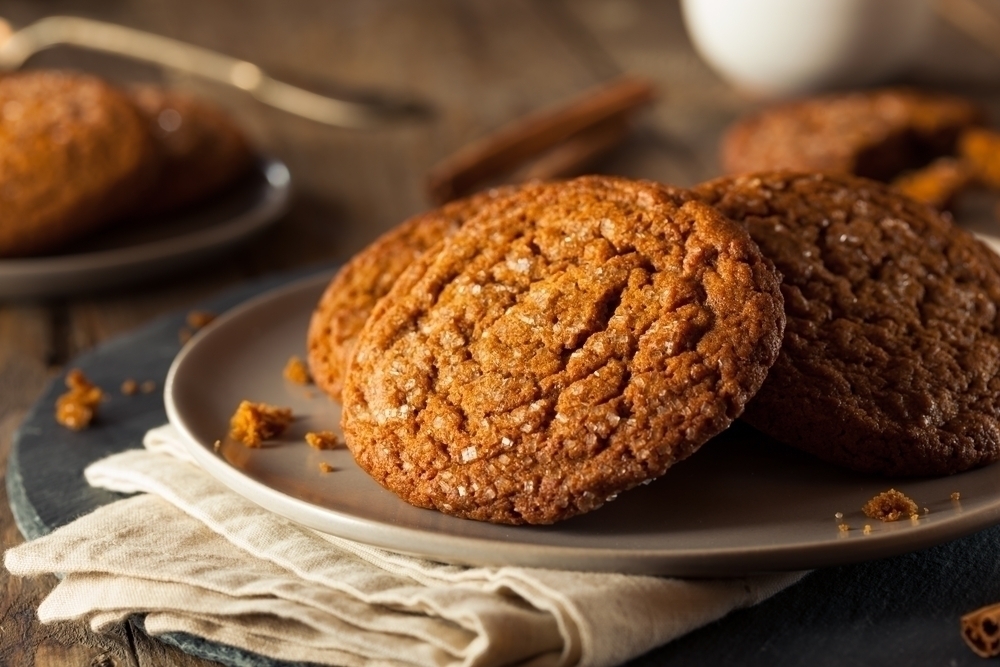You’ve heard “there’s an app for that” so many times by now that it’s probably a bit obnoxious to hear, but quite honestly, it’s true. Health apps are not necessarily new, but when it comes to women’s health apps, tech companies are realizing the needs of women and creating apps that really can revolutionize how women engage in their own health. Even though there is a seemingly endless supply of health apps, just how are these tech apps changing women’s health?
Being Aware
There are probably a million things you have to keep track of daily and your health may be an area that you let slide with everything else you have on your plate. Health apps are perfect for busy women because they take the stress out of having to remember every little thing. There are apps that track your birth control and that send you reminders when it’s time to take your pill.
Some of the most popular women’s health apps are period trackers which do exactly as the name implies. One of the most popular period tracking apps is aptly titled Period Tracker and it lets you keep track of your menstrual cycles. While anyone can do that with a desk calendar, this innovative app also lets you record any symptoms you experience day-to-day and can help you predict when your most fertile days are if you want to become pregnant.
It’s way too easy to snack throughout the day and completely forget that you are doing so and the result can be significant weight gain. Apps like Myfitnesspal let you record everything you consumed for the day including how many glasses of water you drank, and you can put in any exercise you engaged in.
A Sense of Empowerment
When you use women’s health apps, you are taking an active role in your own health and that can feel incredibly empowering. For women that are trying to get pregnant, being able to determine ovulation days and keep track of important factors like your basal body temperature is a powerful tool to have in your arsenal. If you struggle with infertility, having some sense of control over your body and the process can help keep you thinking positively along the way.
Catching breast cancer early is one of the best ways to increase your likelihood of being a cancer survivor and doing monthly exams is perhaps the most important detection tool you have. One app, iBreastCheck, not only sends you reminders as to when your next self-exam should be, but they include an introductory video that walks you through the steps of completing one.
Community and Understanding
Facing health issues like infertility or obesity can be a very isolating experience, and it can be hard to open up to your loved ones about these struggles. Many health apps, like Myfitnesspal and Period Tracker, have communities where users can gather to share their stories, tips, tricks and be a source of comfort and inspiration for other users. Sometimes, just knowing that you’re not alone can go a long way in helping you to cope with a health issue, and these apps provide just that.
Health apps are certainly quickly becoming one of the most empowering tools women have regarding their health and wellness, but they come with a caveat: these apps do not replace your doctor. Yearly mammograms, breast exams, gynecological check-ups and general health check-ups are still a very important part of keeping your health at its highest and these apps can help you give more precise and accurate information to your doctors at the time of your appointment. Apple has announced that even more women’s health apps are on the way, so be on the lookout for more ways in which you can monitor and participate in your health.



























